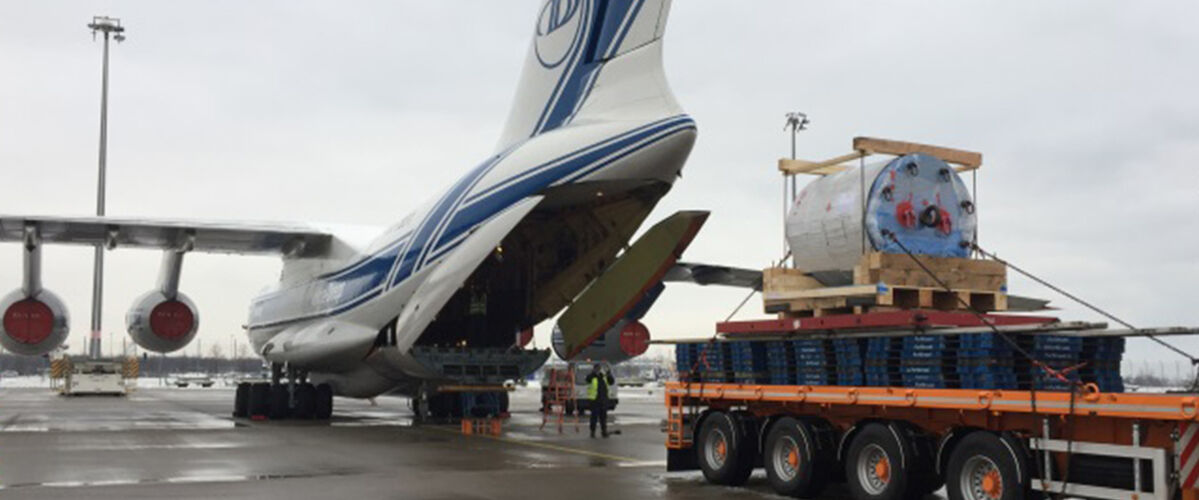Karl Gross is specialist for project cargo logistics. Organizing ocean freight shipping solutions for out-of-gauge cargo (cargo exceeding the size of a container) and overweight/heavy lift cargo is part of our daily work. In this article, our project cargo teams provide a general overview of ocean freight shipping methods suitable for out-of-gauge cargo.
Different shipping methods are available for ocean freight transportation of out-of-gauge cargo: these include shipping the cargo pieces on Flat Racks or break bulk in a container vessel, using Ro/Ro shipping and shipping via break bulk vessel. Key indicators for selecting a proper ocean freight shipping method include the nature of goods to be shipped, the possibilities to arrange for seaworthy packing and appropriate ways of cargo handling e.g. for loading and discharging to or from the ocean going vessel. Same applies to transit times of the vessels and the shipping rates.
There are several ways of shipping oversized and heavy goods.
Shipping out-of-gauge and overweight cargo via container vessel? Yes, it’s possible!
To ship oversized and overweight cargo pieces in a container vessel, special equipment is needed. This includes for example Flat Racks. Flat Racks are basically containers which have neither side walls nor a roof. Yet, their base complies with those of a 20’ Container or a 40’ Container so that they fit into container slots in container vessels. Flat Racks can be used for example for cargo pieces with overwidth and overheight.
The cargo pieces are loaded into the vessel “pre-lashed” – that is, they are stowed and secured on the Flat Racks prior to be loaded onboard.
Container vessels have a set sailing schedule with quite fixed routes (port rotations) and transit times. Sailing frequencies are high, making it a comparatively flexible shipping option for out-of-gauge cargo.
Ro/Ro shipping: Rolling cargo on and off the vessel
A Ro/Ro vessel has a ramp, which is used for rolling cargo on and off board. Maximum measurements and weight of the cargo a Ro/Ro vessel can load, depend on the specific vessel type – the maximum is 7,1 meters in height and 12 meters in width.
If cargo is not self-propelled, special equipment is available for loading and unloading. This includes for example mafi trailers and multi-purpose bogies.
Compared to container vessel traffic, the sailing frequency in Ro/Ro shipping is lower. There are around two or three sailings per month, depending on the Ro/Ro carrier. Transit times are similar to those of container vessels.
An all-rounder: Break bulk vessels
Break bulk vessels present a third and the “classic” option for shipping out-of-gauge cargo via ocean freight. They are often equipped with high capacity deck cranes and usually carry further equipment needed for loading and unloading. This makes them very flexible in regard to selecting ports of loading and discharge as the ports do not need to provide any such equipment. Of course, however, draft of the berth needs to be sufficient.
Break bulk vessels are operated in liner and charter service. As for transit times they generally cannot match those of container vessels or Ro/Ro ships – at least not, if shipping is not done by full-charter. Regarding shipping rates, however, they often present an attractive alternative to the other two shipping methods.










